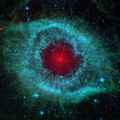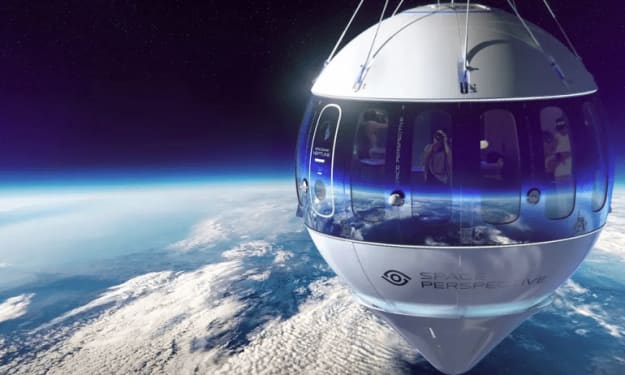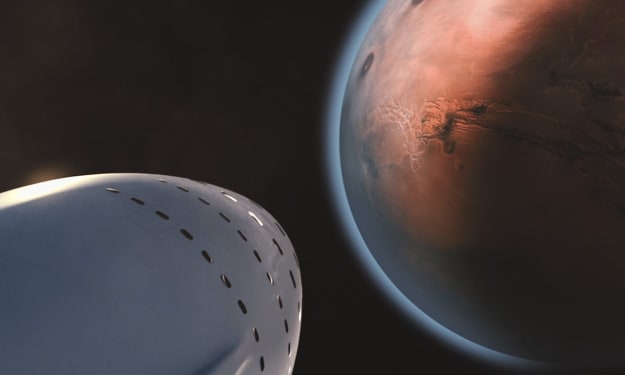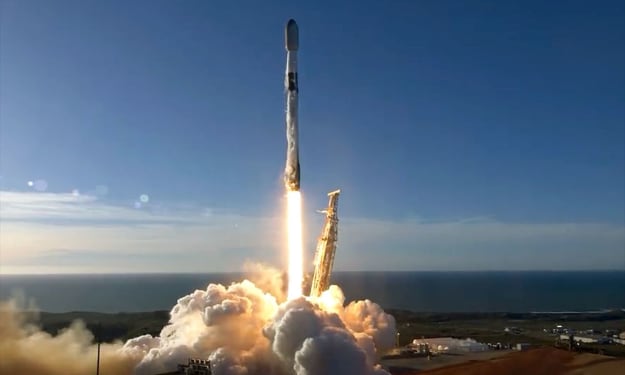space
Space: The Final Frontier. Exploring space developments and theorizing about how humans fit into the universe.
A Time When Life Had No Eyes
I write short easy-to-understand stories about the universe and life, here are two, enjoy. British spelling <><><> 1/2 Early life on Earth had no eyes; then came simple eyespots or light receptors. Now, for the first time, organisms could detect some light and be aware of their environment.
By Unravelling the Universe3 months ago in Futurism
The intended outcome of Trump's attacks on science throughout his presidency was not achieved.
Individual citizens require access to trustworthy and dependable information to make educated decisions. This is the reason that press and information freedoms are crucial to a healthy democracy. Citizens are believed to have gained unprecedented levels of empowerment with the advent of the internet, enabling them to more or less obtain real-time information on matters that are important to them.
By Francis Dami3 months ago in Futurism
If light has no mass, why is it affected by gravity? General Relativity Theory...
There is a power in the immeasurability of the universe that is so key but so secretive that it frames the actual texture of our world. For a long time, researchers have been bewildered by gravity, the inconspicuous power that controls the movements of heavenly planets. In any case, the extraordinary physicists Albert Einstein and Isaac Newton attempted to address its conundrums. As we concentrate on these exceptional researchers' considerations and their pivotal disclosures, show up on a journey through existence.
By Abdur Rahman 3 months ago in Futurism
Unveiling the Cosmic Titans: Delving into the Depths of Stellar Magnificence - 2024
Title: Unveiling the Cosmic Titans: Delving into the Depths of Stellar Magnificence Introduction: In the vast expanse of the cosmos, amidst the countless twinkling lights that adorn the night sky, lie the behemoths of the universe – the stars. While our own Sun may seem immense from our vantage point on Earth, it pales in comparison to the sheer grandeur of the celestial giants that pepper the cosmic landscape. In our quest to understand the cosmos, we delve into the mysteries of these colossal entities, seeking to unravel their secrets and comprehend the extremes of size and scale that exist beyond our earthly realm.
By Culture Discovery3 months ago in Futurism
On the Launchpad, SpaceX Prepares the Third Test Dispatch of its Gigantic Starship Rocket
A fresh day break breaks over Starbase, Texas. The launchpad, a metal behemoth against the tremendous canvas of sky, stands unfaltering. On it, not a single edge of grass dares to interfere, the concrete seared clean by the searing breath of past dispatches. This isn't your normal rocket. Typically Starship, SpaceX's behemoth, and nowadays marks its third test flight, a pivotal step in its yearning to travel to the stars.
By kamran khan3 months ago in Futurism


















